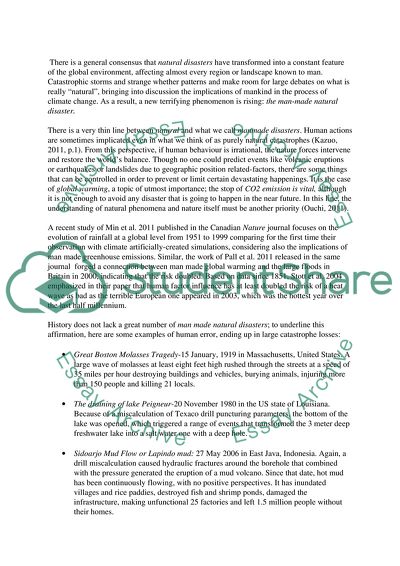Cite this document
(Emergency Humanitarian Assistance Assignment Example | Topics and Well Written Essays - 3500 words, n.d.)
Emergency Humanitarian Assistance Assignment Example | Topics and Well Written Essays - 3500 words. Retrieved from https://studentshare.org/environmental-studies/1761306-emergency-humanitarian-assistance
Emergency Humanitarian Assistance Assignment Example | Topics and Well Written Essays - 3500 words. Retrieved from https://studentshare.org/environmental-studies/1761306-emergency-humanitarian-assistance
(Emergency Humanitarian Assistance Assignment Example | Topics and Well Written Essays - 3500 Words)
Emergency Humanitarian Assistance Assignment Example | Topics and Well Written Essays - 3500 Words. https://studentshare.org/environmental-studies/1761306-emergency-humanitarian-assistance.
Emergency Humanitarian Assistance Assignment Example | Topics and Well Written Essays - 3500 Words. https://studentshare.org/environmental-studies/1761306-emergency-humanitarian-assistance.
“Emergency Humanitarian Assistance Assignment Example | Topics and Well Written Essays - 3500 Words”, n.d. https://studentshare.org/environmental-studies/1761306-emergency-humanitarian-assistance.


